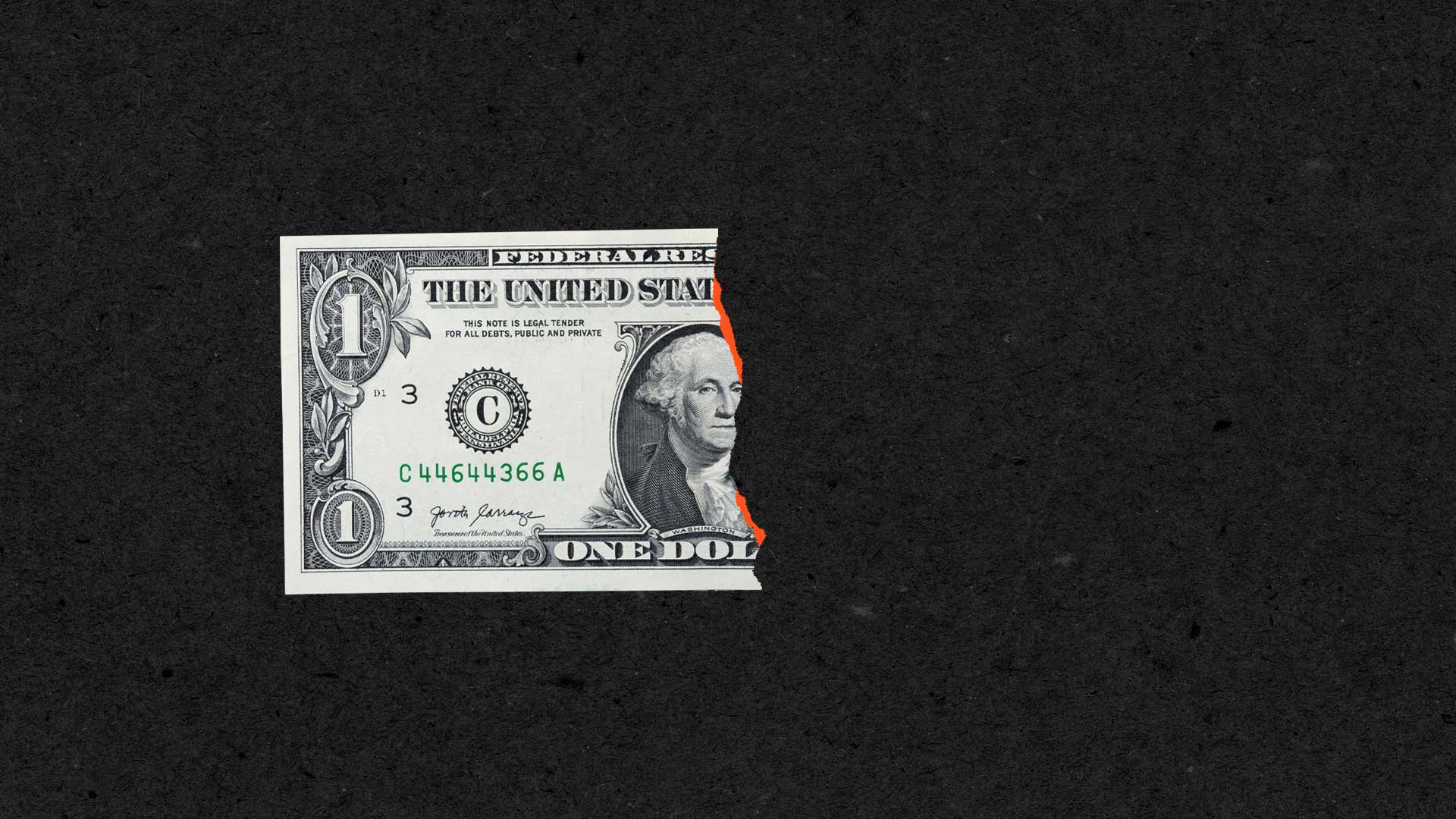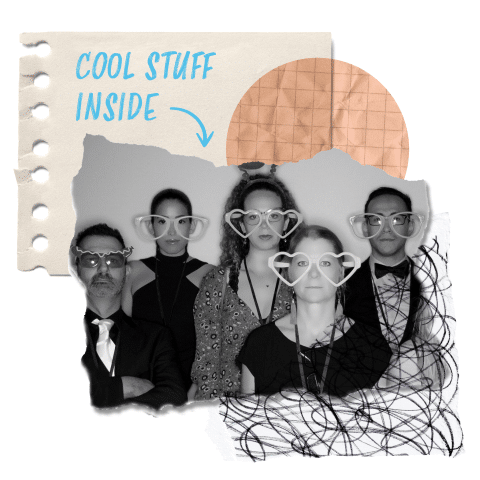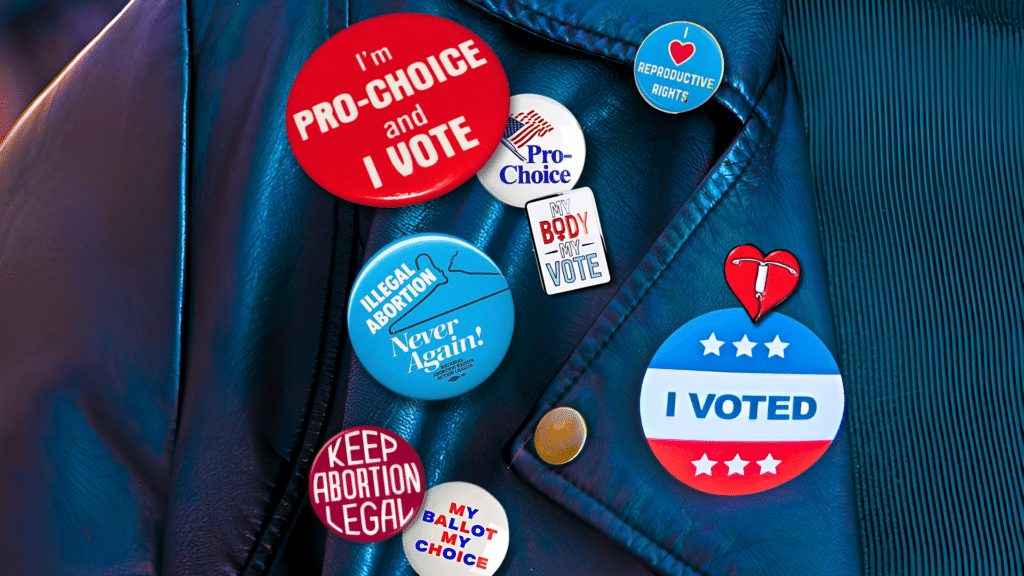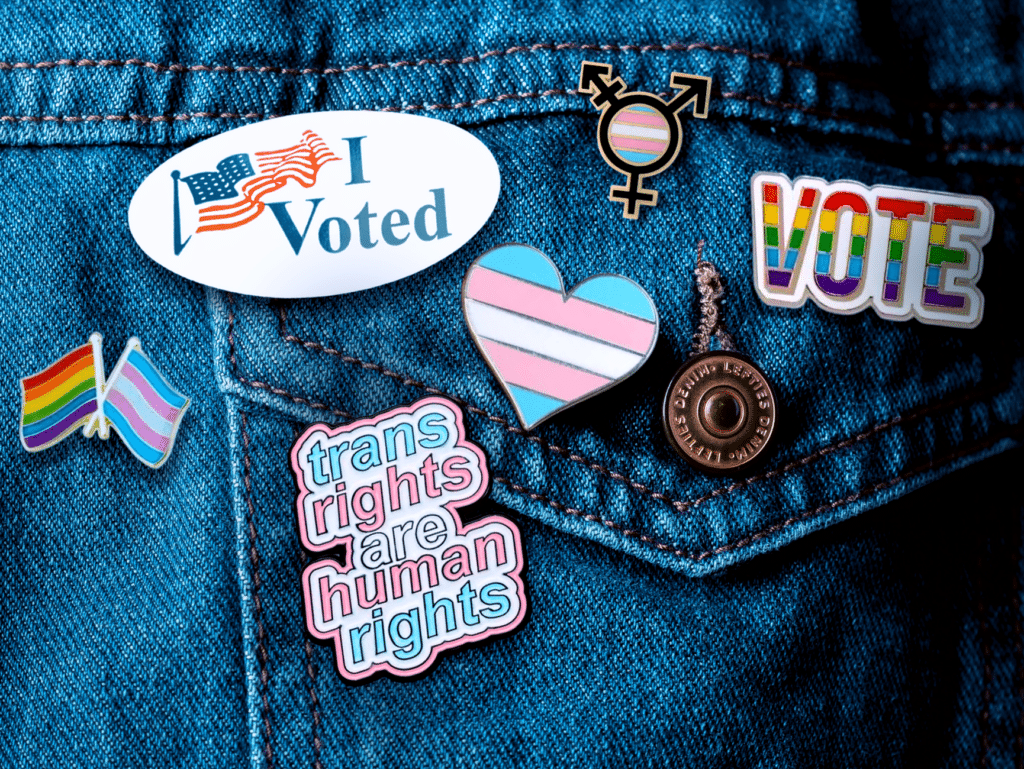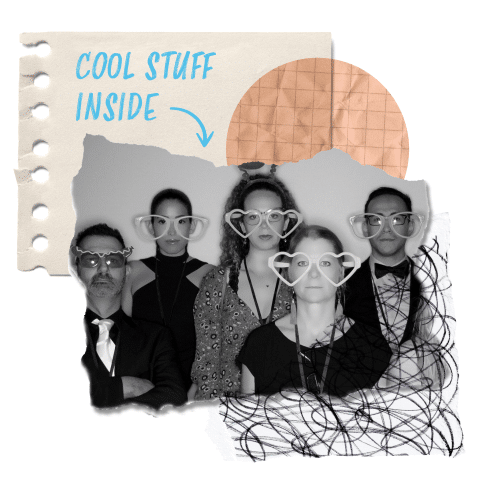We can’t fix wage gaps on our own
When it comes to fixing the wage gap, mainstream messages love to tell women how to do things like advocate for ourselves and save for retirement.
These messages miss the mark. Pay inequity isn’t an individual issue, nor one that women have the responsibility to fix alone.
Women are paid less — women of color especially — because our culture and systems are both racist and sexist. Cultural perceptions of “women’s work,” along with historical expectations that women of color should serve white people, pushes us into jobs with worse pay and benefits. Black and Latina women are refused promotions. Weak care systems push women of color out of the workforce entirely.
We need to ensure everyone understands these systemic roots — and that we encourage collective action to combat pay inequity.
Fixing the wage gap takes high-level, long-term policy change…
…as well as smaller, everyday behaviors to shift our culture, such as:
- Telling your colleagues how much you get paid. Don’t wait to be asked.
- Advocating for your colleagues — in other words, be a sponsor, not just a mentor.
Read this before you prep your Pride content
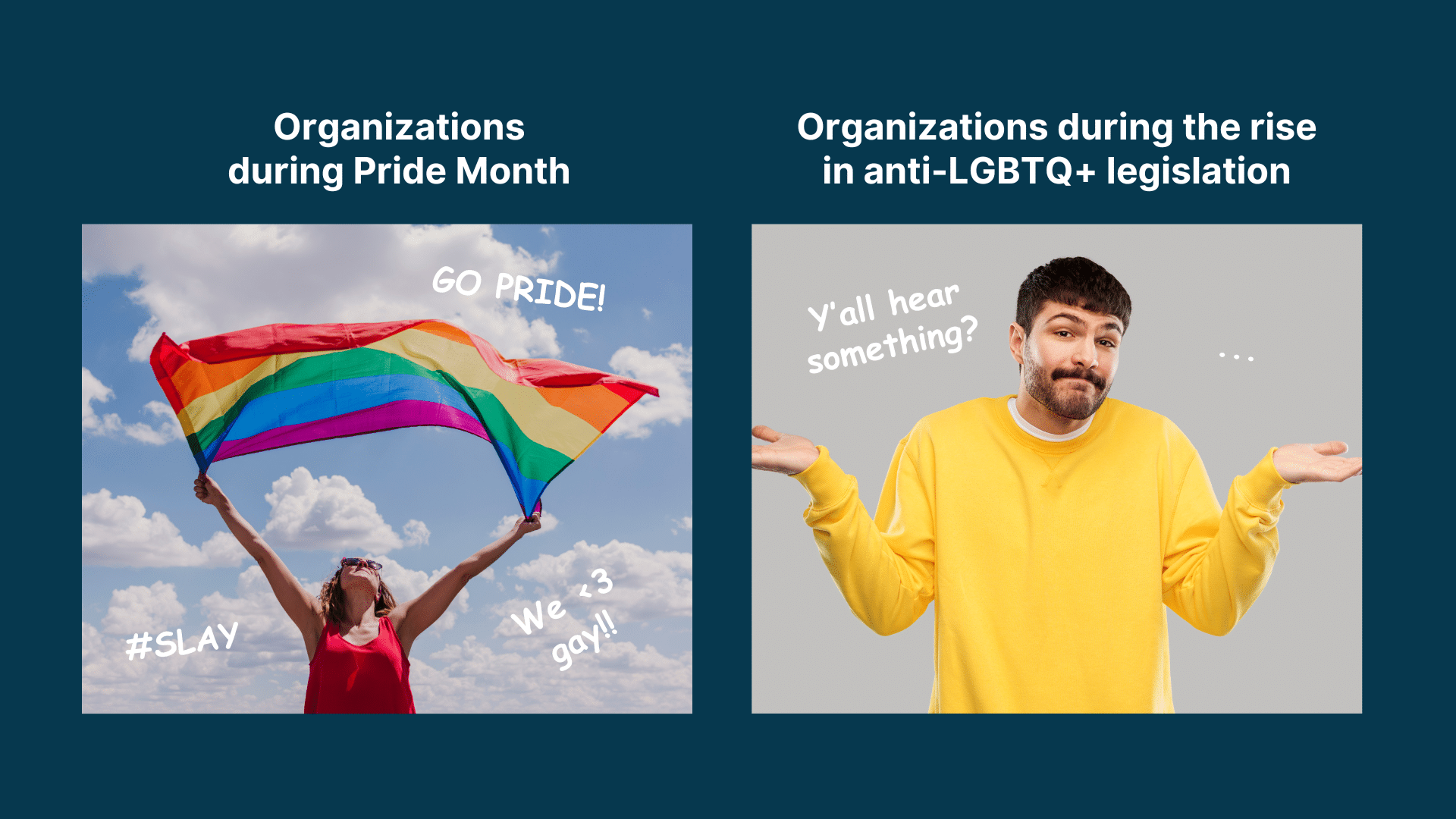 Showing up for the LGBTQ+ community is more than a one-off social media post, no matter what issues your organization primarily focuses on. It means backing up any affirming messages you share with action.
Showing up for the LGBTQ+ community is more than a one-off social media post, no matter what issues your organization primarily focuses on. It means backing up any affirming messages you share with action.
As you get ready for Pride Month, make sure your recognition includes advocacy to protect trans kids and keep LGBTQ+ history from being erased in schools, and find ways to educate audiences within and beyond your organization to fight dehumanizing rhetoric.
Follow these steps to ensure you show up in a real way. You got this!
There’s no BIPOC Equal Pay Day. Why does that matter?
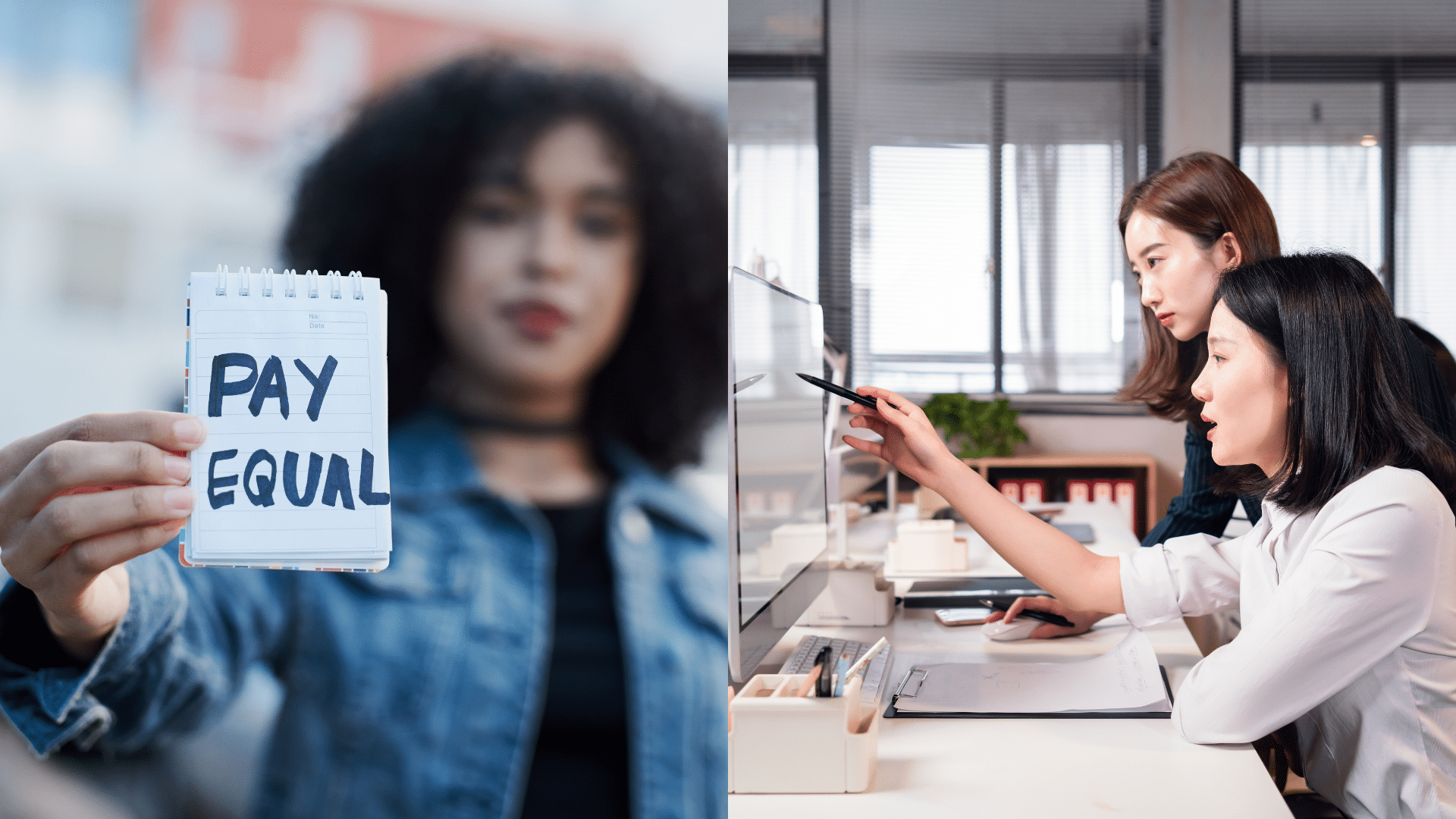 In the fight for pay equity, we must call for solutions that respond to people’s specific needs. Individual Equal Pay Days give us a chance to do that, and highlight how the wage gap affects different groups of women of color.
In the fight for pay equity, we must call for solutions that respond to people’s specific needs. Individual Equal Pay Days give us a chance to do that, and highlight how the wage gap affects different groups of women of color.
For example, they show how Asian American, Native Hawaiian and Pacific Islander women earn an average of just 80 cents on the dollar compared to non-Hispanic, white men. Or how Native and Indigenous women earn least of all, at 55 cents. They also call out the diversity of experience within these groups.
When we’re really clear about what our communities are facing, that’s how we champion the most transformative change. Use these resources to tell the full story.
